Shova's Journey
USAID's holistic approach empowers Nepalis on their development journey
Story by Sahar Kalifa, USAID | Photos by Morgana Wingard for USAID
August 2019

Every morning Shova Khatri takes the same journey, starting at the top of the hill and making her way to the markets where she sells her produce.

Like many of the 80 percent of Nepalis who rely on agriculture, Shova grew just enough crops to feed her family for four months a year. For the remaining months, the family had to depend on wages from income from casual jobs and they struggled to survive.
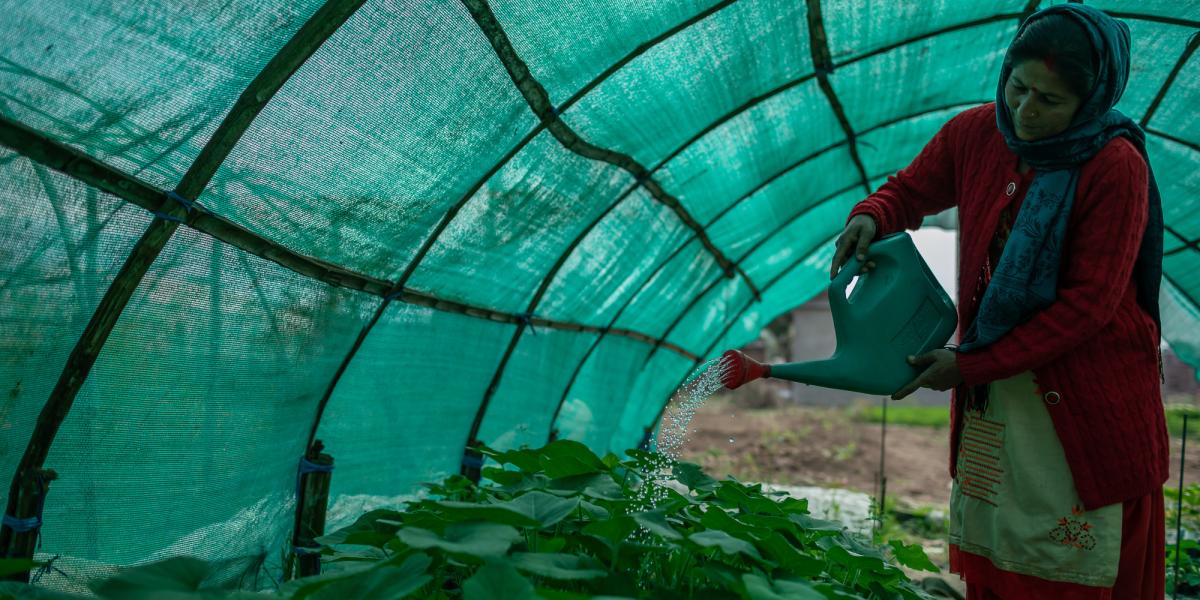
In 2015, she received training and equipment from a project through Feed the Future, the U.S. Government’s global hunger and food security initiative led by USAID. After the training, she started to grow and sell more vegetables, tripling her income.
At first, she received a weighing scale and a bicycle.
With a bicycle, I am quite confident to travel far to sell more vegetables,” Shova says. “I now sell 100 kilograms of vegetables per day reaching about 55 customers, whereas before getting a bicycle, I used to struggle to sell about 50 kilograms of vegetables per day."


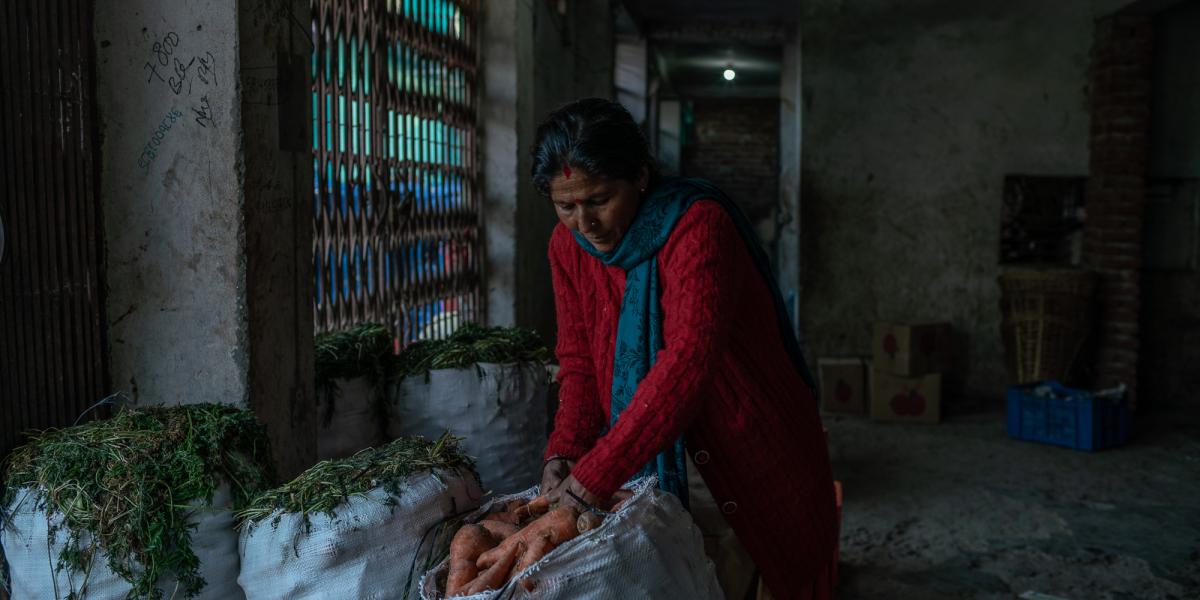
Demand for her vegetables — including carrots, cauliflower, and cabbage — increased. So Shova had to grow more. She then received training on improved techniques to boost her yields.
"I learned the skills of vegetable production and improved post-harvest practices to maintain the quality of my vegetables,” Shova says. “I also learned business skills to market and sell vegetables, bargain, and negotiate prices."

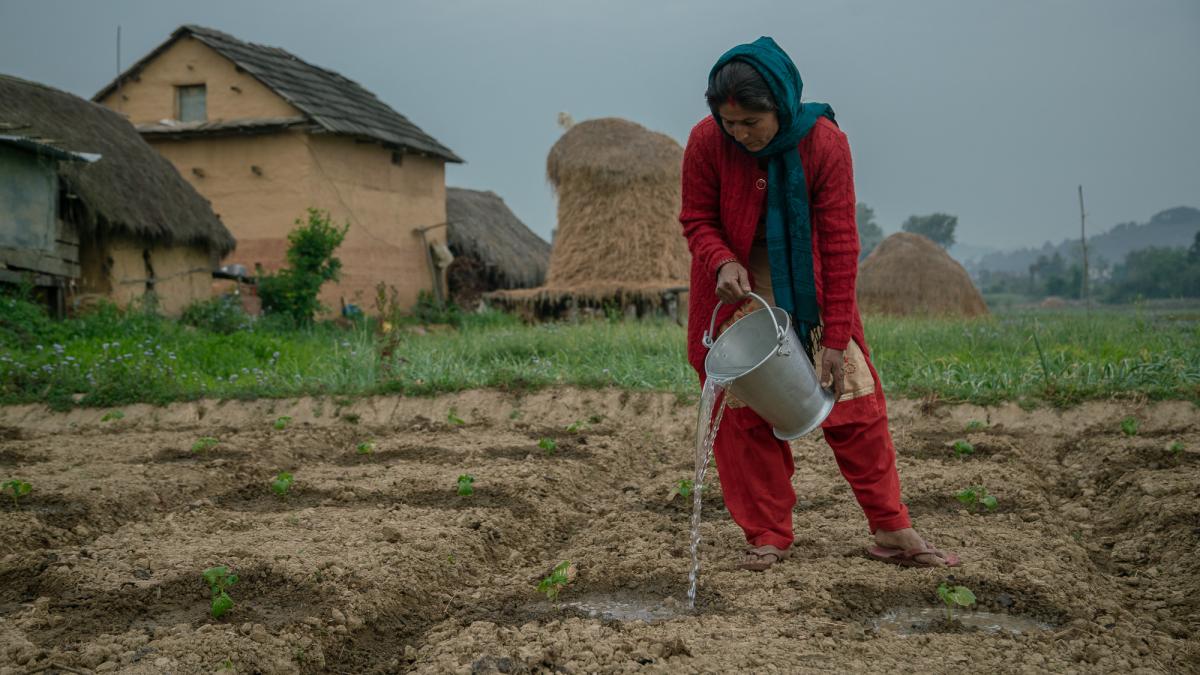
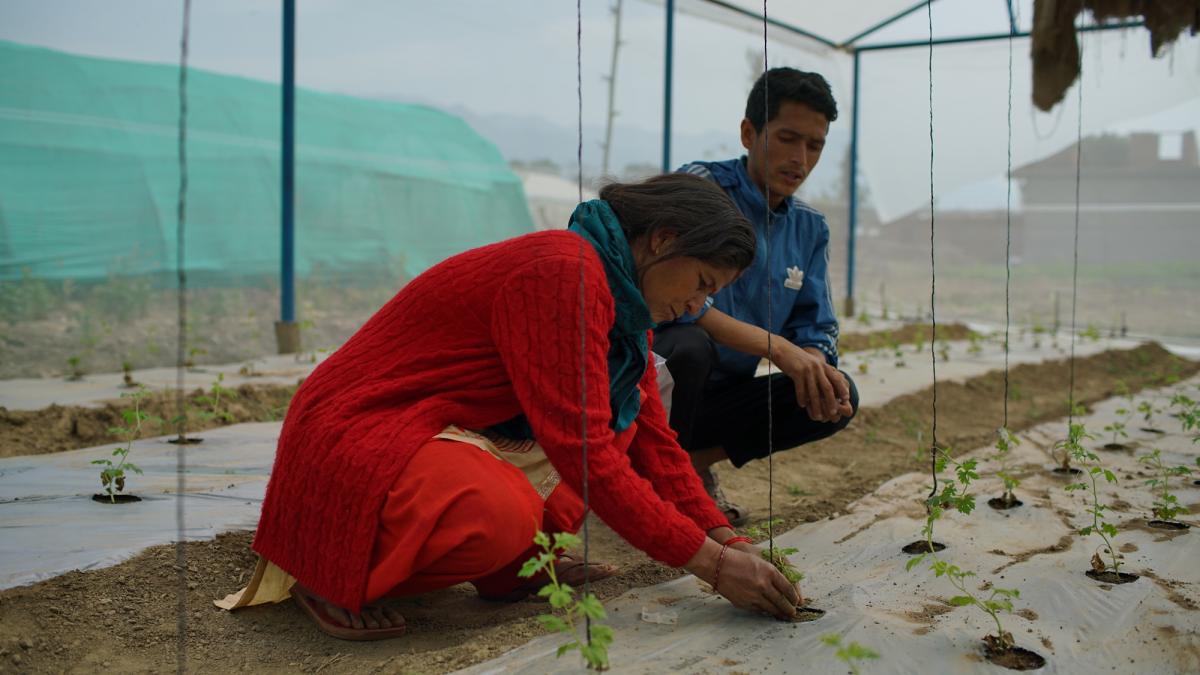

With the additional income, Shova expanded into mushroom farming. She shared the farming and marketing techniques she learned with other women in the village, who now have also earned more money.
I can now afford school fees for my daughter, fulfill all our basic household requirements, and save the rest in the bank for our future well-being," Shova says.

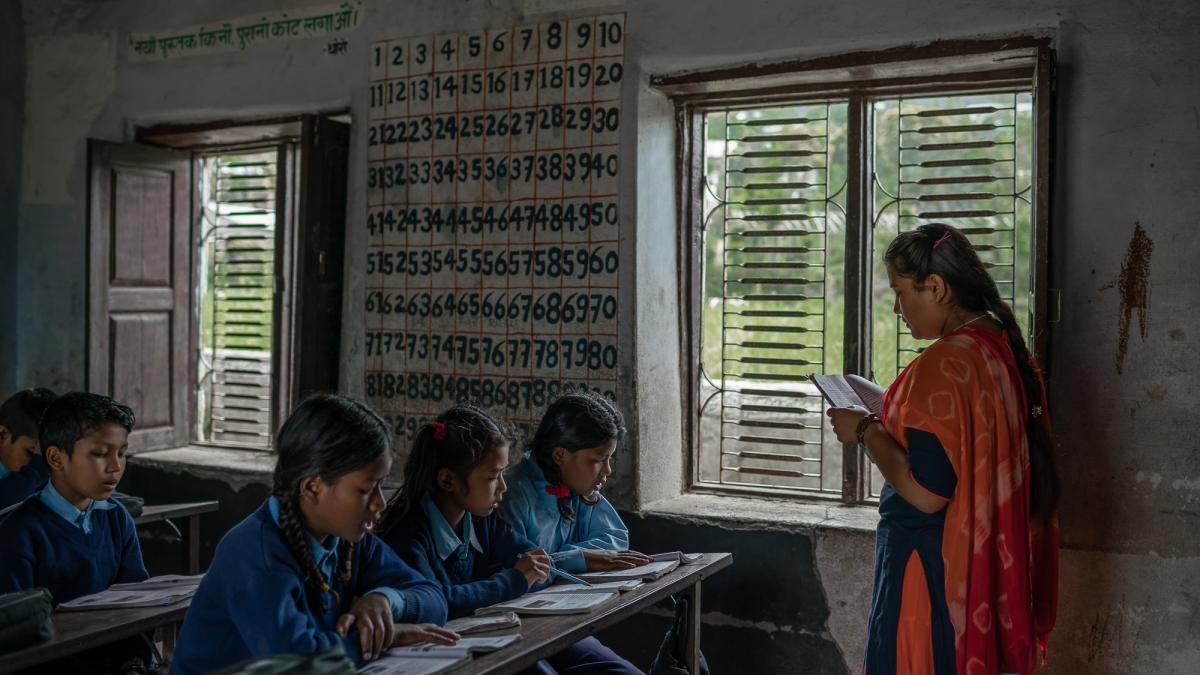

About This Story
Shova received training from Feed the Future’s Knowledge-Based Integrated Sustainable Agriculture and Nutrition project. Funded by USAID, the project works with the Government of Nepal to reduce poverty and hunger by raising the income and resilience of smallholder farmers like Shova through integrated agriculture activities. It builds the capacity of private sector and community-based organizations to improve the availability of quality farm inputs, increase farmers’ access to credit, and improve the competitiveness and efficiency of producers, processors, and buyers.
The kind of agriculture-led growth that Feed the Future catalyzes is making a big difference, helping communities to build their resilience, securing the gains they have made, and keeping them out of poverty. USAID’s efforts empower women and youth, who are often the drivers of economies around the world, and ensure children get the right nutrition they need to reach their full potential.


